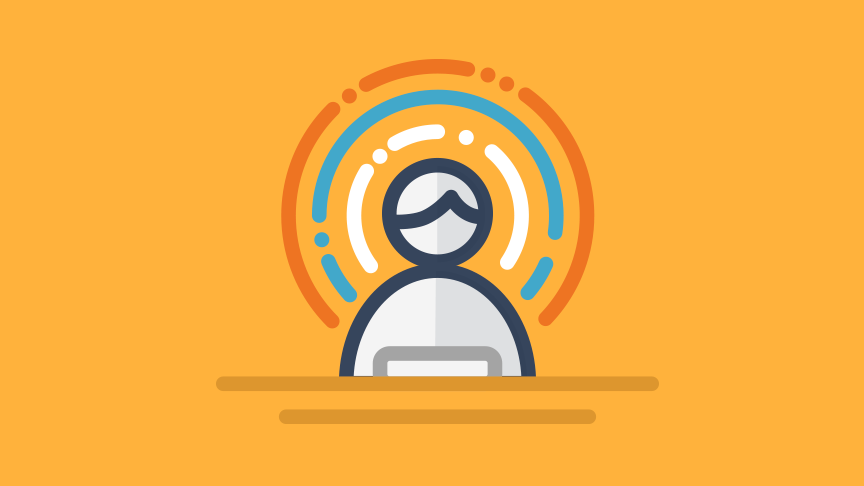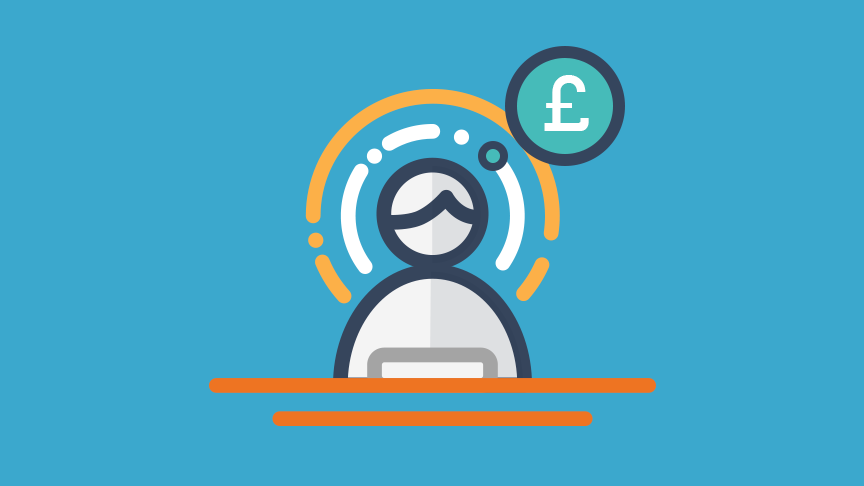Workplace Health and Wellbeing - Remote Working
In the UK, as a result of the social distancing measures introduced in response to the coronavirus pandemic, half of adults in employment worked from home at the peak of the outbreak. are working from home. This shift to remote work and working from home has been rapid, however, and there are still challenges to navigate. One challenge that we at Welbot are particularly concerned with is how employers can look after the health and wellbeing of their staff when they are working remotely. In one way we are very fortunate that we’ve had a remote workforce since our inception and we can apply our insights gained through first-hand experience, research and collaboration with academics and experts. This in turn has had a direct impact on the content we produce for our wellbeing platform.
The coronavirus pandemic has seen a drastic change in working environments for millions of people and this shift presents particular challenges for employee wellbeing. Just because your workers aren’t in the same space as you doesn’t mean you don’t care about, or have a responsibility to protect, their health and wellbeing. Consider the following key benefits, challenges and tips to inform your remote work plan:
Benefits
- People who work remotely at least once a month are 24% more likely to be happy and productive.
- Companies allowing remote work have 25% lower employee turnover than those that don’t.
- 76% of workers would be more willing to stay with their current employer if they could work flexible hours.
- 86% of people feel that working remotely reduces stress.
- 75% of workers report fewer distractions when working from home
Challenges
- Time management. This includes completing tasks, working too much and drawing clear boundaries between work.
- Building and maintaining trust across teams, departments and between the individual and the organisation.
- Ensuring your team has appropriate and secure technology needed to succeed in their work.
- Achieving the right level of communication through appropriate media.
- Minimising distractions unique to remote working and working from home.
- Navigating poor ergonomics posed by out of office equipment.
- Replacing office-based physical and mental wellbeing support.
Tips
- Be transparent about expectations.
- Check in regularly to understand what’s working well and what challenges need to be addressed.
- Keep the technology you use as simple and streamlined as possible and update security regularly.
- Create opportunities to socialise virtually to reduce feelings of isolation.
- Embrace digital wellbeing resources and tools.
- Recognise that individuals will respond differently to the challenges posed by remote work and help each person to create a productive work environment.
Further reading:
Mental Health Crisis Depression Eating Equality Parenting Work


